|
It is a given fact that in the 21st century, the human aspiration for dignified and sustainable living has to happen in a warmer world. Download the Presentation using the link: 21st Century Economic Development and Climate Strategies: The Maritime Role The state of the climate system will determine the economic outcome. However, it is not just one-way relation! The economic development model that each country adopts will also determine the state of the climate system. The crucial role of the state of the climate system is becoming clear from various observations and scientific understanding derived from them. IPCC’s special report on Global Warming of 1.5 Degree C attribute s~1 degree rise in temperature due to human-induced climate change resulting in many adverse impacts on multiple aspects of human life and nature e.g., soil, water forest, and so on. Severe climate impacts are projected for urban areas, some rural regions in sub-Saharan Africa and South, South-east Asia. In this altered system every bit of change in warming matters. Adaptation to higher and higher temperatures is impossible both for the human and non-human ecosystem. It is becoming extremely important the kind of economic development model each country adopts. That will determine the state of the climate system. It is no longer a question of small incremental contributions/experiments at our own will that matters. Rather, collective, measurable changes at every scale is the call of the day. Every choice matters. Every choice we make in our various roles as individuals, citizens, corporates, investors, policymakers, professionals are to be questioned and evaluated. Every year matters: the question is can 2020 be the decisive turning point when global emissions start declining sharply, to make the 2050 goal of net-zero GHG emission world a possibility? All this needs to happen simultaneously with multiple other unfinished economic development agendas in the context of Sustainable Development. Emission reduction by shutting down all economic activities is also not a desirable solution. Fast-growing developing countries of the 21st century are in a deep dilemma. Keep growing? Or stop growing? How to grow differently? Frequently asked question is climate first or development first? The answer is both are inextricably related and need to happen together. Pandemic has yet again proved the need to design a triple bottom line development: Survive, Revive and Thrive. We need economy, society, and environment to reinforce each other for a sustainable living
Pandemic taught us disastrous impacts are experienced when action is delayed on any of these domains — the actions which environmental economists and ecological economists have been writing and suggesting for a very long time. The adverse impact of agricultural practices on soil quality and water table levels are misrepresentations of the environmental concerns —they result from a lack of investment in natural capital i.e., the management of the environmental resources. Human sufferings are related to the unfinished agenda of sustainable development. The suggestion is each nation and world in aggregate need to formally account for and report all human actions ‘good’ and ‘bad’ in evaluating humanity’s ‘true’ progress. Every corporate keeps inventory of their physical capital stock and sets aside a sum of money for their upkeep and replacement at the end of their lifetime. Likewise, businesses and educational institutions need to devote their capital to building and up-keeping human capital. Above all, resources need to be allocated in reducing the digital divide. We need to invest in ecosystem-based/nature-based solutions. All our studies in the ocean sector and urban system confirm that adaptation activities not only create jobs but also contribute positively to wider sustainable development benefits. Preventive measures which help in avoiding emissions are indeed more productive. Our recent analysis report, (The Ocean as a Solution to Climate Change: Five Opportunities for Action) from 2019, shows in the ocean sector, nature-based interventions (especially protection and restoration of mangroves, seagrass, and salt marsh) and onshore wind energy positively impacts the largest number of sustainable development dimensions. Take home message is all these need to start now, in this decisive decade. The world has seen fast mobilization of financial resources for recovery package during pandemic which totals today at ~12 trillion. Yet, ~10% of this money is needed to be invested for making the development process aligned with Paris aligned goal. Strong national institutions, engagement of business and industry, community involvement, and international cooperation to ensure planned implementation of climate action can put humanity’s progress on a sustainable developmental path. We call forth change architects to build new climate economy-driven sustainable developmental rules in the post-pandemic recovery period. Joyashree Roy
0 Comments
2020-2030: A Decisive Decade Sensitive Intervention Points: Triggering Systemic Change in this Decisive Decade We are encountering investment shifts, technology breakthroughs and cost reductions, a deeper scientific understanding of ecosystem services, development of resilient business models and government leadership, as well as a staggering upsurge of citizen activism — all indicators of a growing momentum to tackle climate change. This article is a snapshot from the elaborate report by Roy, J. et al. (2021). Critical Junctions on the Journey to 1.5°C: The Decisive Decade. London/The Hague: Climate Strategies. This report harnesses the spirit, energy and ideas already present in the field, attempting to synthesise the findings of the family of reports into a cohesive presentation. The key realization is, only an immediate and decisive effort in every part of our societies will trigger systemic change. Sensitive Interventions Points or SIP identifies the common storyline underlying the emission reduction roadmap to 2030. The challenge is how we can best use this decade to set the world on a pathway to net-zero emissions. Here we have explored the six Sensitive Intervention Points (SIPs)
<
>
Energy Efficiency, Extinguishing Poverty and Decent Living
The confluence of smart-energy networks, digital solutions improving the control of energy demand and trade, electrification, and ample low-cost renewable power has the potential to transform the energy sector in ways that seemed improbable just a few years ago.
In 2030, 65% of global electricity needs to come from renewable sources compared to 23% and 25% in 2015 and 2020 respectively. Renewable energy capacity is currently doubling every 5.5 years. The world’s total renewable energy capacity reached 2,351 GW in 2018, more than double the installed capacity in 2009. The EU has revised its 2030 renewable energy target from 27% to 32%. China plans to install 250 GW of wind and 150 GW of solar by 2020. Transitioning into clean energy systems means that in this decisive decade no new coal plants should be built and existing ones must be retired. At least one plant a day must be closed until 2040, setting a path for a full coal phase out by that same year. Initial steps have been taken: 249 US coal plants have been retired since 2010. Both China and India decreased the coal capacity they planned to build during 2015 - 2018 from 515 GW to 76 GW, and from 218 GW to 63 GW respectively. Global investment in coal decreased by 75% between 2015 and 2018. Many insurance companies and pension funds have announced plans to cut their exposure to fossil fuels. At least 28 major banks have stopped directly financing coal , and over 1,110 institutions representing over $11 trillion in assets have committed to divest from fossil fuels, up from $52 billion in 2014. Download the report. Imagine a world where every human enjoyed the dignity of a decent life, with the means to live in good health and participate in society. In the next decade, governments would accelerate efforts to build infrastructure to provide billions of people with access to basic amenities, including water, sanitation, and electricity to support all-electric appliances and Internet access. People would live in modest but comfortable and energy-efficient homes, eat nutritious food from diversified diets with plant-based protein and coarse grains, and use and re-use well-made, long-lasting consumer products. These lifestyle shifts would improve public health and wellbeing. Emerging cities would be quiet and clean, typified by multi-storey housing, shared electric vehicles and public transit.
Narasimha D. Rao | India/USA, Yale University & International Institute for Applied Systems Analysis Electromobility: Interconnecting Sectors in the Path to Decarbonisation
EV sales are growing at an annual rate of 40% and they accounted for only 2.6% of global car sales and about 1% of global car stock in 2019. However, we find signs of exponential growth for the decade ahead, for example, in China’s EV market, which grew by 118% in the first quarter of 2019, and is currently larger than the EU’s and the USA’s combined. The price of EVs is also falling thanks to a 73% decline in the cost of EV batteries, which may indicate that this SIP is being triggered, providing hope we can achieve 100% of light duty vehicle sales being EVs in 2030.
By 2030, public transport will need to double its market share. Thus, bike sharing, bus rapid transit, ride-sharing and car-pooling services are being integrated into the urban mobility system in many cities. The mayors of Mexico City, Athens, Madrid and Paris, for example have stated their intention to ban diesel cars completely from their city centres by 2025. While the aviation sector has reduced emissions per kilometre travelled by 20% compared to 2013 levels, the decarbonisation of air travel will need to be transformative rather than incremental to reach net zero. The International Civil Aviation Organization (ICAO) has set a goal to stabilise net emissions from 2020 onwards, and reduce 50% of net carbon dioxide emissions by 2050, relative to 2005 levels. The shipping sector has also recently announced plans to eliminate their emissions. The International Maritime Organization (IMO) has agreed that by 2025, all new ships will be 30% more energy efficient than those built in 2014. However, as with aviation, the transformational decarbonization of the shipping sector will require a comprehensive package of incentives. Leadership can be found in the private sector, with the world’s largest shipping company, Maersk, committing to become 100% carbon neutral by 2050. Download the report. The replacement of internal combustion engine vehicles (ICEV) with EVs bring benefits beyond decarbonising. EVs will only provide the necessary levels of carbon emission reduction if electricity is generated from low-carbon sources. Currently there are a number of battery technologies under development and the ones with the highest potential rely on elements that are relatively inexpensive. This can help bring down the costs. As for infrastructure, building a robust, comprehensive and reliable charging network is essential to overcome ‘range anxiety’. The automobile industry is extremely globalised, and once barriers are removed and costs drop, EVs will be able to spread over the urbanised world, especially in those places that suffer from poor air quality. Suzana Kahn Ribeiro Brazil, Federal University of Rio de Janeiro (UFRJ) Investing in Forest and Ocean Health to Protect Our Future
Scaling up nature-based solutions is a key SIP in halving emissions by 2030.
At least 150 million hectares of degraded land, equivalent to more than twice the size of France, need to be restored and conserved to enhance biodiversity and build ecosystem resilience. Bonn Challenge pledges from countries, jurisdictions, and companies, combined with pledges from NDCs, cover 349 million hectares, more than doubling the original 2020 goal. Yet, only 26.7 million hectares of land have been restored, according to existing -though not yet fully comprehensive-data. Currently, 70% of land-based emissions occur in the tropics, where 83% of new agricultural land is from forest conversion. This points to a large mitigation potential in the region, which will need to be coupled with a ramping up of sustainable agricultural practices. We do find glimmers of hope, as land use practices are starting to change. Agricultural practices are shifting to soil friendly options in climate smart villages in countries like Colombia, Guatemala and Honduras. In other areas, collaborative planning between farmers, researchers, government, private sector and civil society is paving the way for the use of drought resistant and biofortified crops, organic fertilizers, enhanced use of weather station information to improve crop planning. Oceans and coasts also offer significant untapped mitigation potential as carbon sinks. The restoration of coastal ecosystems, the preservation of mangrove environments, tidal marshes and seagrass meadows have crucial roles to play in capturing carbon, as well as in building the resilience of coastal populations to climate change impacts. Download the report. The oceans are key defenders against climate change, as they absorb 20-30% of carbon emissions, with Antarctica’s coastlines potentially storing up to 160,000,000 tonnes of carbon annually. The oceans and their resources are vital to economic growth and human well-being. Ocean-based industries deliver 2.5% of the world’s GDP, according to conservative estimates, and the value is predicted to double by 2030. It is estimated that scaling up the production of ocean energy, decarbonising shipping, conserving and restoring coastal ecosystems, shifting to marine diets, and ensuring carbon sequestration in deep seas could reduce global GHG emissions by nearly 4 billion metric tonnes of carbon dioxide equivalent in 2030. Manaswita Konar | India/UK/USA, World Resources Institute A Cleaner and Fairer Food System
As much as 50% of the food we produce goes to waste. Therefore, reducing food waste offers huge potential to dramatically reduce emissions. France has enacted a new law to outlaw food waste, which is being followed by Italy and Germany. Other countries such as Canada, have also updated their national dietary guidelines to address sustainability. Simple solutions such as food expiration date management can help reduce food waste by almost 40% and save costs. Businesses have been taking leadership to address emissions throughout their supply chains. For instance, in 2016, a coalition of 30 leaders from business, governments and NGOs announced an initiative to halve the amount of food wasted globally by 2030.
Download the report. Land-based climate mitigation could lead to substantive health, economic and other sustainable development co-benefits, but to achieve this, a smart redesign of the way we produce, process, distribute, and consume food, wood products and bioenergy is needed. How would a world like this look? First, by greatly accelerating current land-based mitigation trends, in 2030 a substantial fraction of food would come from resilient, diverse, equitable, and localised systems. Consumers will rely on more balanced and plant-based diets, less processed and more locally-produced food coming from small farmers. Producers will rely on sustainable intensification of their farming practices, employing agroecological production methods, crop diversification, agroforestry, and other multi-purpose systems, while biological controls will greatly reduce the need for chemical fertilisers and pesticides. By also cutting waste, which currently accounts for 30% of total food production, the suggested systemic changes would yield multiple co-benefits, such as health improvements and reduction of income inequalities. At the same time, lessening pressure on land for agriculture would also reduce deforestation and biodiversity loss. Omar Masera | Mexico, National Autonomous University of Mexico (UNAM) Increased Efficiencies in Energy, Emission, and MaterialDecarbonising the heavy industry sector is particularly complex. This sector includes the production of basic materials – cement, iron and steel, paper, aluminium, as well as chemicals and petrochemicals - accounting for 27% of global CO2 emissions from all fossil fuel and industrial sources. Having thus said, over 550 companies having committed to setting ambitious science based emissions reduction targets.
Cement company Dalmia in India aims to be carbon negative by 2040. In Sweden, the steel industry is planning to introduce the first commercial scale zero emission plant using hydrogen by the early 2030s. Since 2017, the city of Oslo has mandated that municipal construction projects must be fossil free, and a study shows that almost all construction site emissions in the city could be eliminated by 2025. Over 320 heavy industry companies have also pledged 863 individual and co-operative actions in the Global Climate Action Portal of the United Nations Framework Convention on Climate Change. The UK’s Committee on Climate Change suggests significant scaling up of electrification, hydrogen, carbon capture and storage and other low carbon solutions supporting the trajectory towards decarbonisation of heavy industries. By increasing their efficiencies in energy, emission, and material, the UK heavy industry sector is on a trajectory to halve emissions by 2050 using science-based targets. Download the report. Affluence, Sufficiency and Urban DesignUp to 2030, the world is expected to invest about USD 90 trillion to replace old infrastructure in emerging markets. Along this line, the Zero Carbon Buildings for All initiative pledges to reach 100% netzero carbon for new buildings by 2030, and for existing buildings by 2050.
Dozens of projects delivering zero and near-zero building renovations or new constructions have been implemented in many European countries including Austria, Bulgaria, Croatia and Sweden. In addition to the building sector, water supply systems for irrigation, urban water supply, wastewater treatment and associated infrastructure need to become net zero and resilient in order to meet the Paris Agreement goals. Climate Risk Informed Decision Analysis (CRIDA), created by UNESCO’s Integrated Hydrological Programme, is helping water infrastructure planners and managers implement climate resilient solutions, and training national adaptation professionals, thanks to the support of the UNFCCC’s Consultative Group of Experts. Download the report. Technological advancements are often seen as a solution to allow sustained economic growth within finite planetary resources. However, increases in efficiency spurred by new technologies are also a key driver of economic growth, and this leads to more consumption and therefore higher emissions. We need not only radical changes in technology to mitigate global warming, but also radical changes in our lifestyles and what we value as quality of life. Income vs sufficiency. Income growth as a goal leads to two main negative effects: a zero-sum game for scarce resources such as housing that drives prices up for all, and increased disposable incomes that results in superfluous, discretionary over-consumption. Instead, a movement where focus is placed on shorter work weeks and creative, recreational and social outcomes can deliver higher returns in terms of quality of life rather than income. Let’s replace income and more broadly GDP as a measure of economic success with indicators of quality of life, prosperity and happiness. Richard Wood | Australia, Norwegian University of Science and Technology This report aimed to consolidate knowledge from a family of ten influential reports, demonstrating why this decade will be decisive in combating climate change. These reports show we need resolve to deliver mutually reinforcing actions
that can drive exponential systemic change. The scale of change needed requires unprecedented political and financial support as well as climate leadership and global partnerships. We will only succeed if all of us take part in this fundamental transition of our global economy. Summarized by Sarmistha Tarafder From Well-Being to Well Living Did you know the words stress, uncertainty, and self-care were some of the most searched online keywords since the outbreak of the COVID-19 pandemic and its related lockdown? On the one hand, the trending keywords hint at the suddenness of the chaos called COVID-19 — a pandemic whose scale was not a part of our lived experiences for the majority of the world’s population today. On the other hand, and upon a closer look, these searches also reveal the unpreparedness of our own societies, specifically, in terms of mental well-being and support systems. The unforeseen pandemic forced us to renegotiate our lives and living, disrupting status quo, challenging us to look for different ways while meandering through a “new normal” amid the crisis. At its peak, the pandemic instilled a general unease in connecting with others, forging a different culture of connection where communication was within barriers of distancing, and in many cases, viewed as risky and potentially fatal too. Indeed, stress, uncertainty, and self-care have been the common link. Yet, they mean different things to different people. The pandemic and its related lockdown have not been a homogeneous effect, and I say this from my own little experience of working in well-being during the pandemic related lockdown in India during 2020. I conducted a series of web-based workshops for a local charity and experienced firsthand the differences in the lived experiences of a pandemic through shared anecdotes and creative activities. 'You' and your unique situation Being on the same boat, yet not quite in the same journey, these activities helped with an understanding of difference, while simultaneously offering the possibility to learn together, albeit differently from one another. You see, the thing about well-being is not just about finding oneself in a certain situation but also in and of you— the you in your situation. Well-being is about awareness and acknowledgement of difference within and without oneself. For instance, in an activity with the participants, I encouraged everyone to write with their body parts instead of a pen or pencil. They were requested, for example, to write letters and numbers in the air with their elbows, knees, tongue, and left hand. Initially, most of my participants found the exercise “awkward” and “funny” as they gestured creatively on camera, sharing these moments with everyone. Although the scope of the session did not allow us to look at the theme of the body, issues of difference, and disability in great depth, the exercise offered the participants another perspective on their own abilities and the way it may be represented to themselves and others. For instance, some shared that they struggled to twist their tongues or bend their knees, while others who had imagined they could not write with their left hands did so with great ease. In a way, this exercise offered an awareness to the participants about the others in their group but also presented the opportunity to know a little more about themselves—at least in that moment. This was a shared experience of difference, and even if an "awkward" one, this awkwardness was an awareness of vulnerability and its acknowledgment for oneself and others. This was also the ice-breaking session to introduce the very concept of stress. That thing called Survival... ‘Should I play dead?’, ‘Should I run?’, ‘Should I stay and fight?’, thought Early Human as they bumped into a Sabertooth tiger. Hormones flooded the bloodstream as emotional excitement followed. Pounding heart. Beads of sweat. Shortness of breath. Staring at each other, there stood the beast of prey and the human with its spear in an encounter challenging survival. These neuro-behavioral defense responses to perceived threat stimuli have been classified as the system of Freeze, Flight, or Fight. In our modern day lives, although the chances of being chomped up by a tiger is rather slim for most of us, this survival mechanism of ‘Freeze, Flight, or Fight’ is still our bodies’ automatic reaction to a threat stressor. Meanwhile, the beast of prey has morphed into tight deadlines, death of a loved one, divorce, job loss, an injury or chronic illness, fear of missing out, demands to stay relevant, and so much more. It cannot be fully avoided. It will, as it has, continue to evolve. Infact, stress is very much a part of our everyday lives today. And yes, stressful situations are, just that- stressful, but stress often gets bad press. However, in a life-threatening situation, stress can quickly trigger physiological changes that can choreograph the body to protect itself from impending danger. In a non-life-threatening situation, stress can provide a short and sudden burst of energy with added excitement and motivation. Chronic stress, however, is extremely straining on the body and mind, and can contribute to complications that heavily compromise overall wellbeing. Stress responses triggering the survival mechanism are akin to raising an alarm in situations of imbalance, and chronic stress is constantly sounding this alarm. Or, let’s say, it is similar to confronting a Sabertooth tiger about to attack you 'on repeat mode.' Is the glass half-empty or half-full? Coping with stress is a skill — a life skill. Stress is felt and lived differently by everyone. What maybe stressful for one person may not be stressful for another, and even if it is, the response to stress and the coping mechanisms could be vastly different between individuals. Although some cope with stress more effectively and recover from stressful events faster than others, coping mechanisms can be learnt and implemented. So, is the glass half-empty or half- full? Your perspective will help determine this response. Awareness of symptoms helps with diagnosis and recognizing stressors is a crucial step toward developing tools to deal with stress. In my workshops, my participants shared some of their stressors specific to COVID-19 and the related lockdown. A common factor for these stressors was how the pandemic had changed the lives of the participants in different ways. Some of my participants had lost their jobs, some expressed concerns about sick family and friends, and yet others were left worried about elderly parents or children living alone at another location. On the one hand, there was the frustration of students lacking sufficient support and the ambiguity of older school goers on the verge of preparing for their career-defining examinations. On the other hand, there were teachers dealing with the additional responsibility of adapting to newer technologies for teaching and evaluation, as well as pay cuts, in some cases. Most of these stressors fed into a sense of uncertainty. Meanwhile, there were a few participants who wanted to keep finding a brighter side as they talked of rediscovering their long-lost hobbies, nurturing skills such as baking, pottery, poetry writing, and gardening, finding time to exercise, eating healthier, reading more, and writing journals, to name a few. During these sessions, the participants were encouraged to reflect on how the pandemic and the related lockdown had impacted their lives in terms of perceived differences between before and after the pandemic. These helped explain to a certain degree the levels of stress brought about by sudden changes such as death, illness, and unemployment and stress related to changes in routine such as the pressures of school, work, family, and other responsibilities. The very nature of the epidemic, the ever-evolving research, government guidelines and containment measures, death tolls, and related information—these all added to the atmosphere of dealing with an unknown future, the uncertainty of not knowing, or the inability to accurately predict some semblance of a known “normal.” My participants and I wondered if we could structure some sense of certainty in the face of unprecedented changes, and how. The idea of this attempt was not to judge whether the glass is half full or half empty but to give back to the participants the power to refill the glass, even amid the crisis. A sense of the familiar in the face of overwhelming change somehow offers a sense of control or of taking back some control. My participants and I discussed forming a routine that suited them and how having one was helpful to combat uncertainty by establishing some predictability. One way to do this is goal setting, preferably setting small achievable chunks as part of formulating one’s routine. This not only helps to get organized but also brings back a sense of certainty and control by helping the individual to lean into things that one can change within their routine, also a good way of attaining motivation Well Living
For some, the glass is half-empty, while it is half-full for others. Coping is a conscious effort that you can still make to refill the glass whether you think it is half-full or half-empty. Coping skills allow you to tolerate, and in some cases, even minimize the negative impact from stressful situations. Coping skills place the power back into your hands by allowing you an opportunity to change the frame of how you perceive yourself and your environment in a moment of felt crisis. And yes, coping strategies can be learnt. Mental health and well-being could be complicated and sometimes be a long journey. You cannot avoid stress but no one else can manage it for you either. Health and well-being is a commitment but it does not have to be a lonely journey. So, here I am, and I'd like to share with you what I do — empower well-living through creative expressions and conversations. Presenting the Well Living Space — a safe space where we can all share, learn, grow, relax, and just be. I have in-store for you an exciting workshop where I will hold space for us, so we could explore resources to map our very own wellness growth on this journey. Come, be a part of my first workshop - a storytelling workshop to creatively engage with stress and well living. These workshops also come with special gifts, or free takeaways that you could continue to use as you develop in your well living. Most importantly, I come to you with the hope that my workshops will empower you with exercises and creative methods to foster conversations because we want to listen to you and empower you to take charge and feel better. See you soon… Anindita Roy Cognitive Story Teller "Adapted from 'Stressors: Observations from a Series of Workshops on Stress and Wellbeing conducted in India during the COVID- 19 related Lockdown', https://www.sylff.org/news_voices/29241/". Questioning Existing TheoriesAs an economist by education and a data scientist by profession, I love to question existing theories and find connections and interpretability in problems using experiments and data intelligence. Today, I want to reflect on how to work on your social capital. “How are you doing today?” This is a question that has forever haunted me. Not only because I am an introvert and I feel awkward at social gatherings, but I honestly felt that I did not have a cool answer! It is so difficult to initiate a conversation with random people on calls, or conferences or at networking events. As a result of my lack of social skills, I have lost many opportunities to build relationships and fallen prey to miscommunication. However, over the years, I have found my own versions and have slowly adapted to such situations. I have read and gone through gazillions of articles and videos where experts have shown correct body language, eye contact and the exact right words to be used when you face this daunting question during a conversation. But something that I stumbled upon recently just blew my mind away! Simple always works It is important that you are aware of your own emotions and feelings. For starters, get comfortable with your own self to become socially comfortable. Keep it simple. Stay authentic. This was a revelation to me and I read lot of books, articles in order to understand further. Finally, I attempted what I do best. I created an experiment to learn how I am really doing internally and measure the state of my mind. A measurement question So let me help you understand what I mean. I structured a measurement question for myself “How are you doing today?” This is how it works. Measure yourself on a scale of 1-10 how are you feeling today. 1 being extreme crisis and you have hit the panic button. 10 being you are awesome, there is nothing stopping you!
Track Results The above scale above gives me clarity, direction and helps me identify my plan of action for the day. I have been a 1-2 and now I feel I am a 6-7. There is no need to panic if you find yourself on the lower end of the scale. I regularly try to stay connected, and seek feedback from my close network. Now, question is how do I rate myself? No, it is not based on guesses. Remember, humans are believers of logic and evidence. The article I read summarizes the below questions to help you get to a rating for your “form” on a particular day.
Remember this is a guided scale and interpretations could be subjective. Note down results and monitor your patterns for a week to understand your “form”. Keep at it until it is internalized. This daily ritual has helped me stay true to myself and improved my authenticity. Reflect and share
Stay inspired. Say hello to the warrior within you! Sanjana Das Sources:
https://positivepsychology.com/self-awareness-matters-how-you-can-be-more-self-aware/ https://www.learning-mind.com/excellent-communication-skills-introverts/ https://www.entrepreneur.com/article/274655 https://www.inc.com/sims-wyeth/10-reasons-why-eye-contact-can-change-peoples-perception-of-you.html https://www.helpguide.org/articles/mental-health/emotional-intelligence-eq.htm Why Imagination is the Currency of the 21st Century At the age of 16, Einstein imagined chasing after a beam of light, and this thought experiment played a memorable role in his development of special theory of relativity. The theory says ‘motion of anything in this universe faster than the velocity of light is impossible’. Einstein cherished what he called Gedankenexperimente, ideas that twirled around in his head rather than in a lab. Of course, your school teacher will call it daydreaming. If you are Einstein you get to call them Gedankenexperimente. “I am enough of an artist to draw freely upon my imagination. Imagination is more important than knowledge. Knowledge is limited. Imagination encircles the world.” Albert Einstein Einstein's thought experiments should give an inner call for action to teachers/educators to foster imagination. If we hope to inspire our kids to solve the challenging problems of 'climate change', 'pandemic','energy crisis' we need to do more than drill them in math and memorize formulae. We should stimulate their minds’ eyes and encourage them to emerge as thinkers and visionaries. Because, Einstein dared to culture a wandering mind, scientists of of the 21st century are making a living by expounding and writing papers on terms like big bang, black hole, gravitational waves, expanding universe and many others. Again, quoting the genius, “A human being is a part of the whole called by us universe, a part limited in time and space. He experiences himself, his thoughts and feeling as something separated from the rest, a kind of optical delusion of his consciousness. This delusion is a kind of prison for us, restricting us to our personal desires and to affection for a few persons nearest to us. Our task must be to free ourselves from this prison by widening our circle of compassion to embrace all living creatures and the whole of nature in its beauty.” Imagination leads to an experiential science. Science paves the path for technological invention GPS (Global Positioning System), a multi-billion dollar growth industry with applications in airplane navigation, oil exploration, bridge construction, sailing etc. are experiential science in action. GPS is based on 24 artificial satellites that contain atomic clocks to provide very precise time data which is ultimately converted to the position data. It is a radio location technique for accurate position determination used by us even when driving a car. Because of relativistic gravitational potential (as the satellites are in orbits 20,000 km above the ground), the atomic clocks in satellites of GPS system get advanced by 38.2μs every day with respect to the identical clocks in the ground station. Thus the clocks in the satellites need relativistic correction of 38.2μs per day, otherwise position determination will be erroneous by several kilometres. Einstein’s famous mass-energy equation: E = mc², where E is the energy equivalent of mass m of the body being multiplied by square of the velocity of light (c = 3 x 10^8 m/s), gave the clue to generate nuclear power with fission process. Planck-Einstein relation: E = hν, where h is Planck’s constant (6.626 x 10^-34 J-s) and ν is the frequency of oscillation of the radiation. This together with Einstein’s relativity theory forms the basis of particle accelerators of high energy physics-that is capable of producing energy of the order of tera i.e. trillion electron-volt. Einstein also established that light consist of particles called ‘photon’ through his photoelectric effect. He received Nobel Prize in Physics in 1921 primarily for this photon concept (that paved the way for the development of quantum mechanics) in addition to his theoretical works on relativity. The phenomenon of photoelectric effect has plethora of applications including those in solar cells, in sensors of digital camera and so on. Imagination fuels the concept of Black Hole In 1930s Indian born American scientist Subrahmanyan Chandrasekhar based on Einstein’s relativity theory and quantum mechanics came up with ‘Chandrasekhar Limit’—stars with 1.4 times the solar mass. It so happens, on a long sea voyage from India to England in 1930 at the age of 19, he worked it out. According to the science of quantum mechanics, there are forces that develops —known as ‘electron degeneracy pressure’— within the very atoms of the white dwarf star that counteract the force of gravity. Chandrasekhar determined that any star having 1.4 times solar mass after its death (i.e. when its nuclear fuel is exhausted) settles as a stable ‘white dwarf’. It was established subsequently by other researchers that stars with 1.4 to 3 times the solar mass would settle after death as ‘neutron star’—some of which as observed from Earth are known as pulsar (pulsating star). However, supermassive stars with 25 solar mass or more (after its ‘death’ i.e. when its nuclear fuel is exhausted) settles to a black hole. It was not possible at that time to prove the existence of black hole. Chandrasekhar got the recognition of his work with award of Nobel Prize in Physics only in 1983 after the first black hole was experimentally observed in 1972. Nothing, even light can ever escape from the pull of the monstrous gravity of a black hole. Thus, the name coined by relativity expert, John Wheeler. The gravity’s stupendous grip is so inexorable for a black hole that it curves space and warps time to extreme extent according to Einstein’s general relativity. Anything and everything (planet, star and even a whole solar system or galaxy) that comes close to its ‘event horizon’, a point of no return, get swallowed by its inescapable gravitational attraction. Inside a black hole there is only one thing—singularity—where all physical laws including relativity theory (from which the possibility of black hole was predicted) fails. As imaged by the Event Horizon Telescope (EHT): The first direct visual evidence of a supermassive black hole and its shadow- M87* is a black hole at the centre of the massive galaxy M87, ~55 million light-years (one light year equals 9.46 trillion kilometres) from Earth. The black hole is 6.5 billion times more massive than our Sun. Prior to 1971, all theoretical studies of black holes had been based on Einstein’s general relativistic laws, and those studies were unequivocal: It is a hole and cannot radiate. Black holes are now known to spin, and as it spins it creates a tornado-like swirling motion in the curved space-time around it when it radiates; not only gravitational waves, but also electromagnetic waves, and all other forms of radiation that can exist in nature. The black holes were catalogued at the initial stage of their experimental studies only indirectly through their gravitational tugs on stars in their neighborhood and fireworks left behind by the superheated matter being sucked into it by its monstrous gravitational pull. Like the Cheshire cat in Alice’s Wonderland, the black hole disappears from the view (in the optical sense), leaving only its “smile”—the signature of the distortion of space-time (based on the theory of general relativity) caused by super-intense gravitational field. In 1972 radio astronomers identified the first black hole in distant space: Cygnus X1, 6000 light years from Earth, by studying the X-rays that are generated very close to the hole’s event horizon. In 1994, the Hubble telescope first discovered that the galaxy Messier 87 (55 million light years away from the Earth) contained a black hole M87*. In 2019 EHT (Event Horizon Telescope) has imaged black hole M87* located at the heart of the supergiant elliptical galaxy Messier 87 in the constellation Virgo. EHT—an Earth size virtual aperture radio telescope, sharpest astronomical instrument ever assembled on Earth, consisted of eight radio telescopes, operating at millimeter-wave frequency: 230 GHz i.e. 1.3 mm wavelength spanning the Antarctic, Europe, Africa, North America, and South America. The image of black hole obtained by EHT matches very well with the predictions worked out by theoretical physicists on the basis of general theory of relativity. Wrapping up with Einstein's Gedankenexperimente Years later, when his younger son, Eduard, asked why he was so famous, Einstein replied by using another simple thought experiment to describe his insight that gravity was the curving of the fabric of space-time. “When a blind beetle crawls over the surface of a curved branch, it doesn’t notice that the track it has covered is indeed curved,” he said. “I was lucky enough to notice what the beetle didn’t notice.” In fact, Einstein did more than just notice what the blind beetle couldn’t see. He was able to imagine it by conjuring up thought experiments. That ability to visualize the unseen has always been the key to creative genius. As Einstein later put it, “Imagination is more important than knowledge.” Subal Kar Former Professor of Radio Physics and Electronics, Calcutta University Author of a forthcoming book 'Knowledge about Universe-Down the Ages' |
Archives
September 2021
Categories
All
|
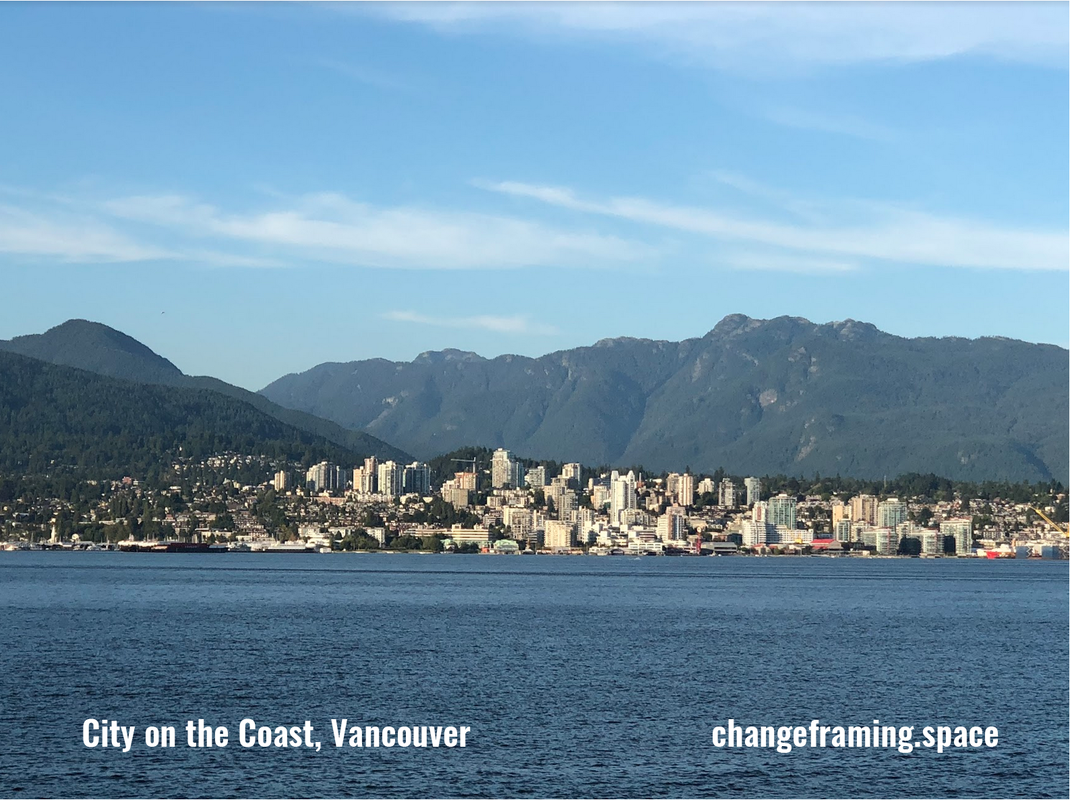
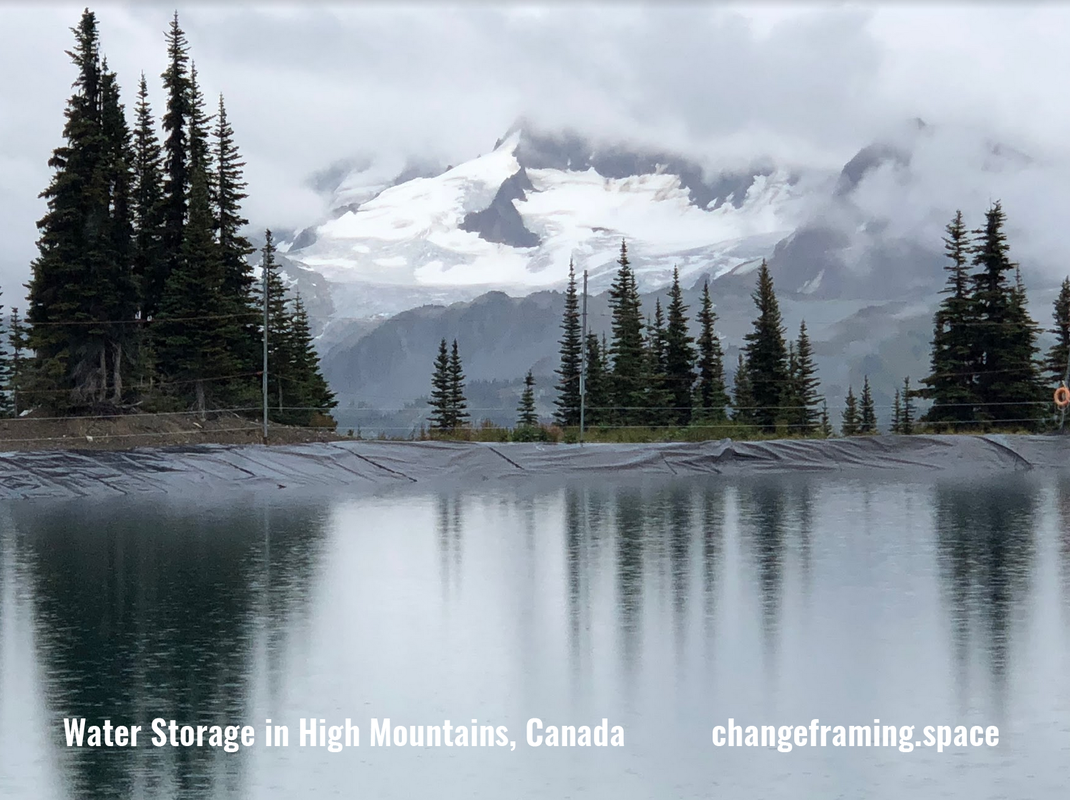
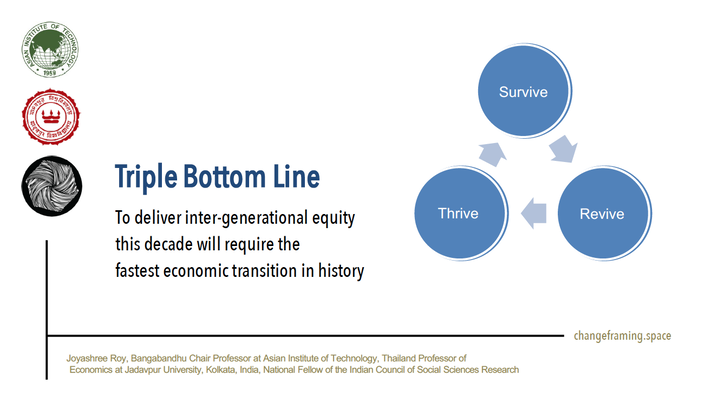
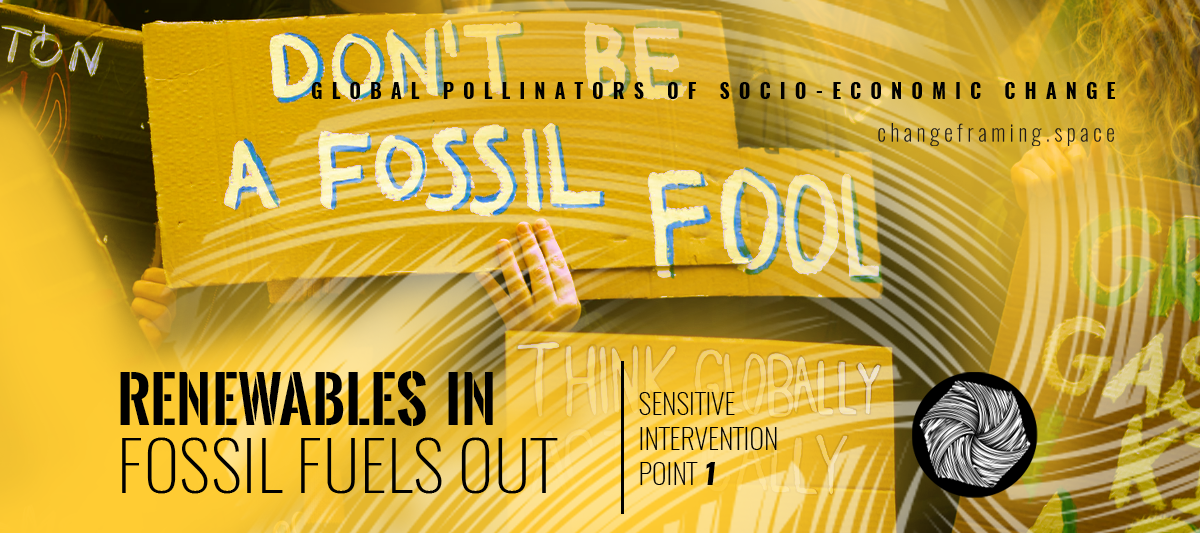

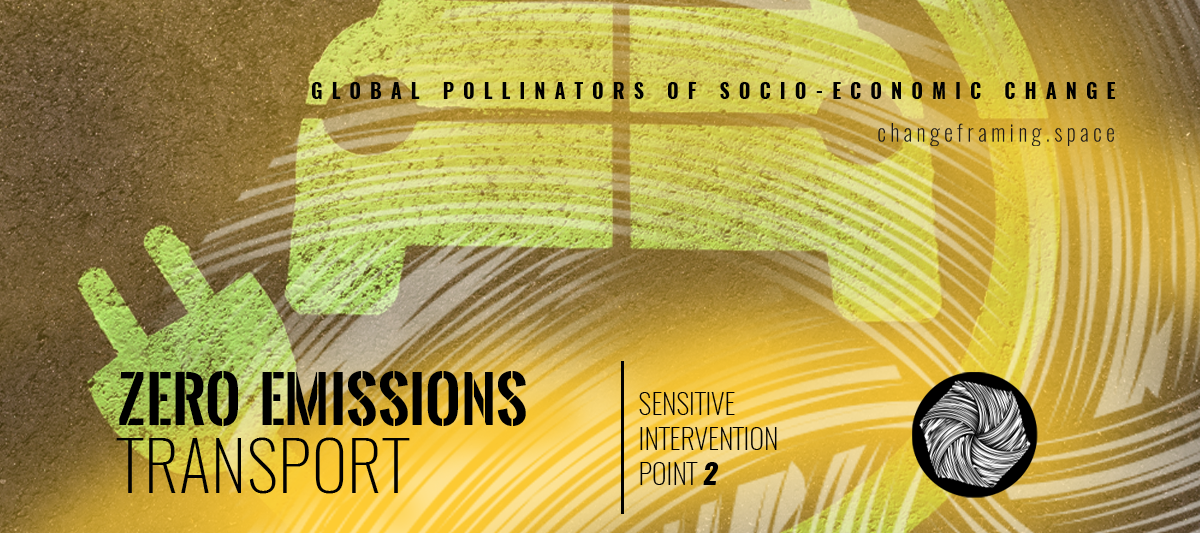

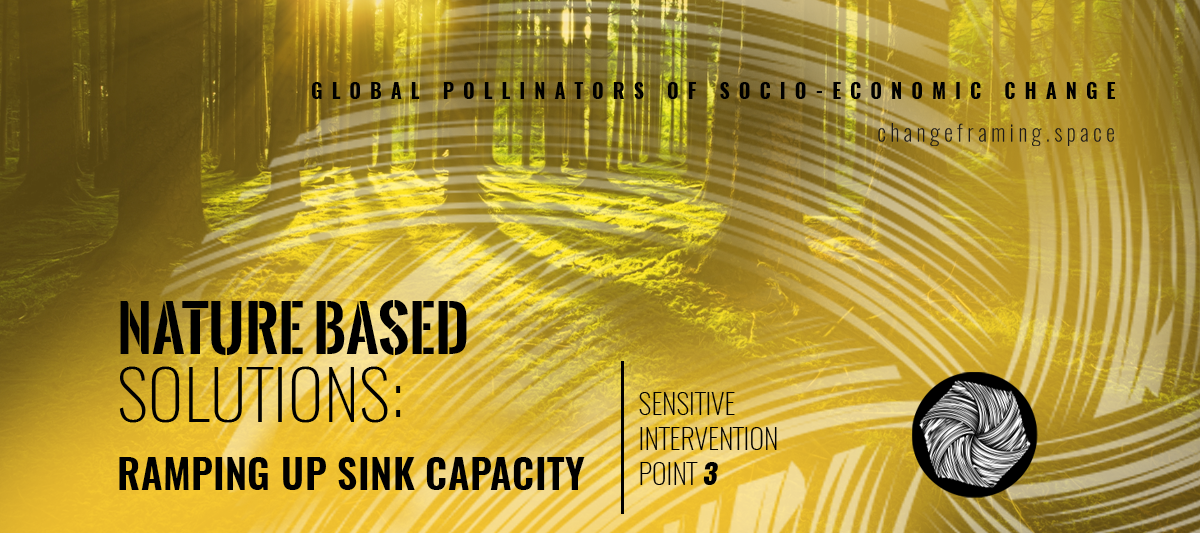

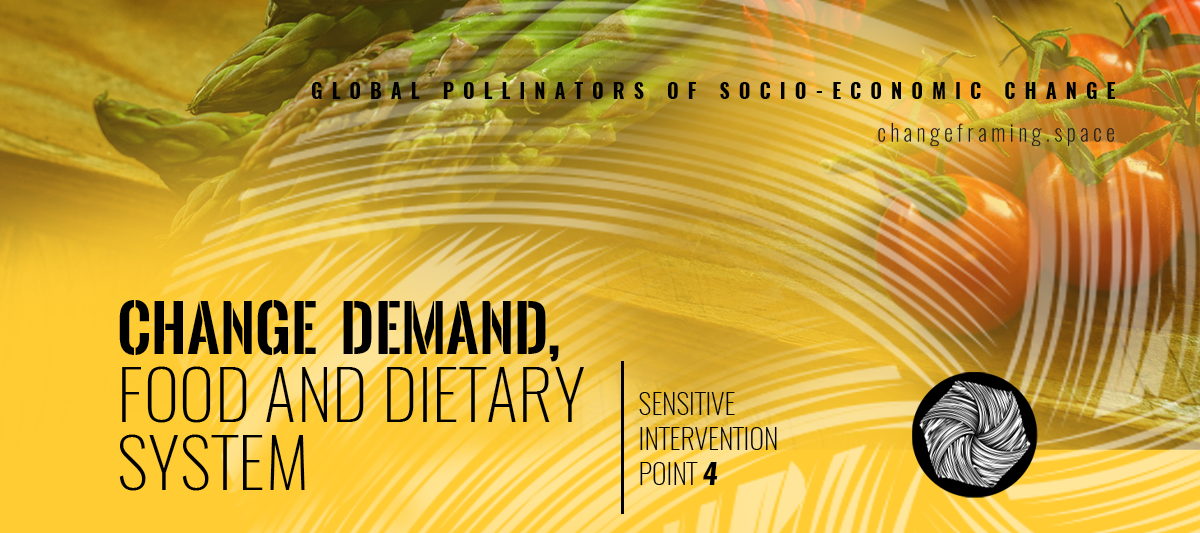

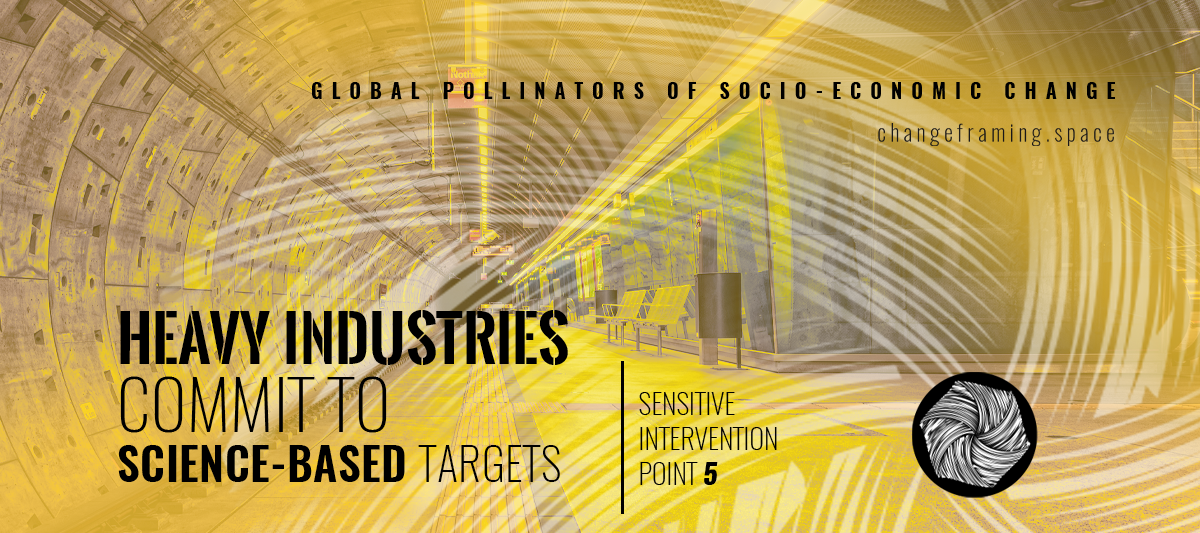

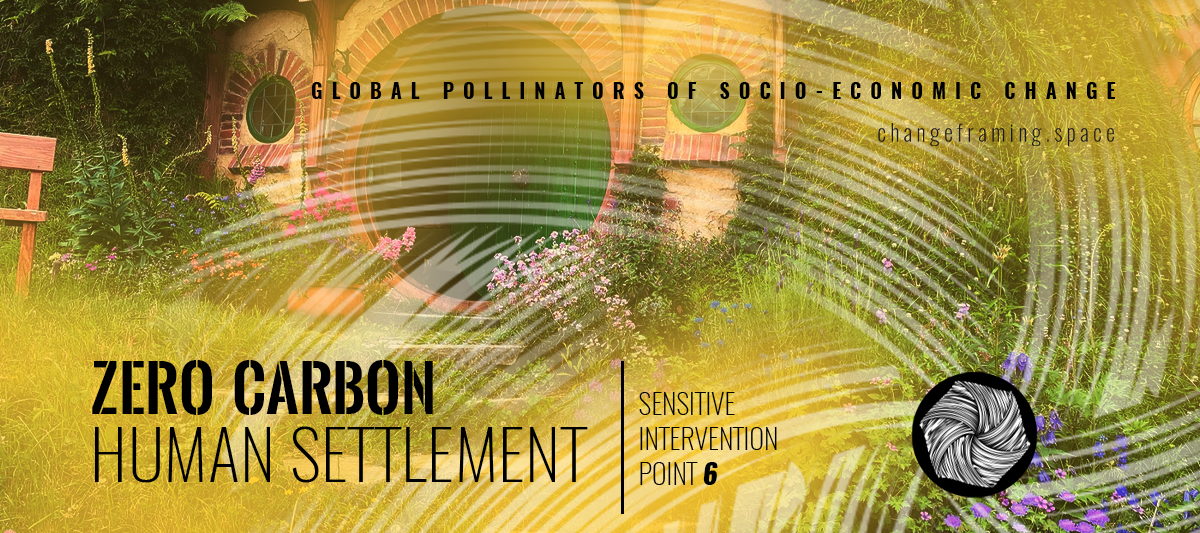


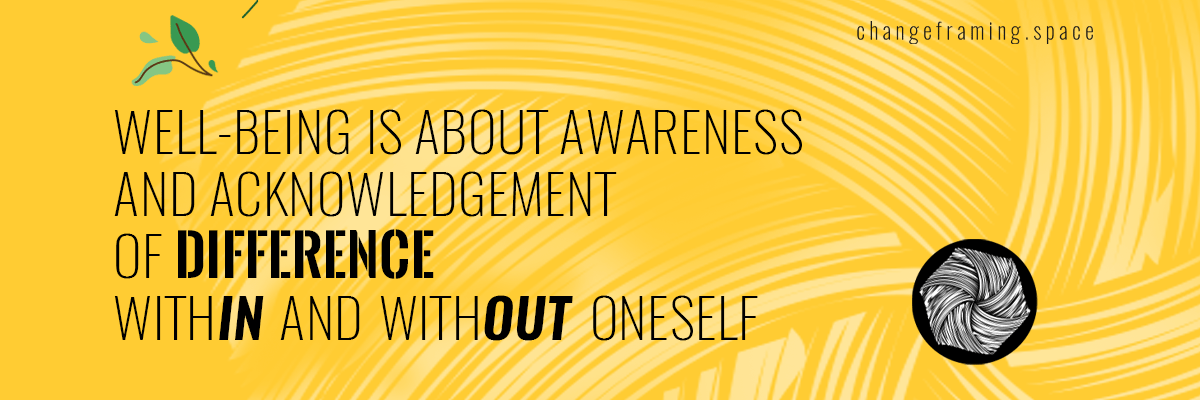








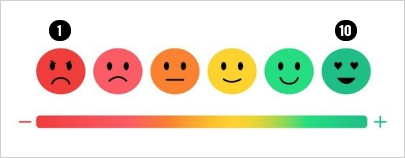
 RSS Feed
RSS Feed